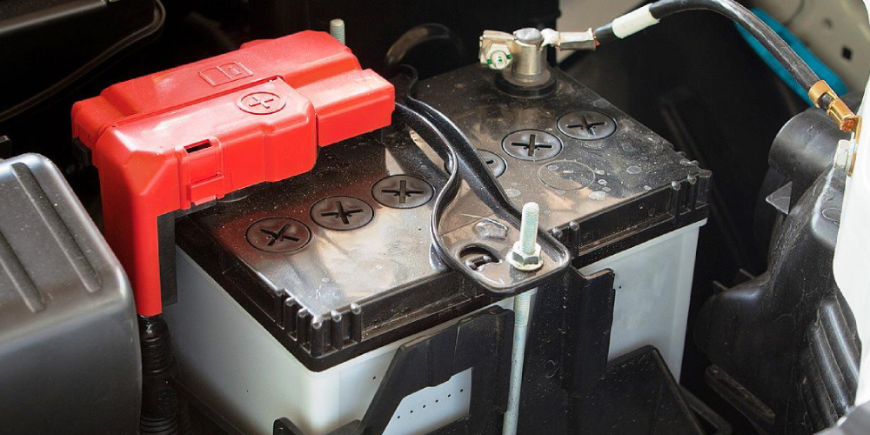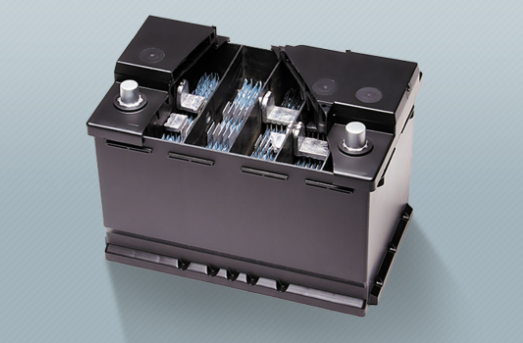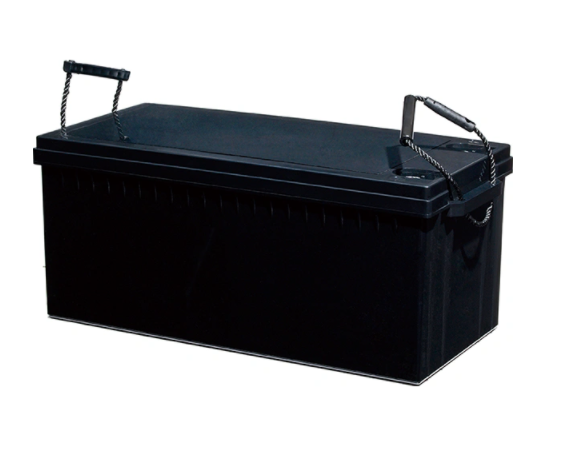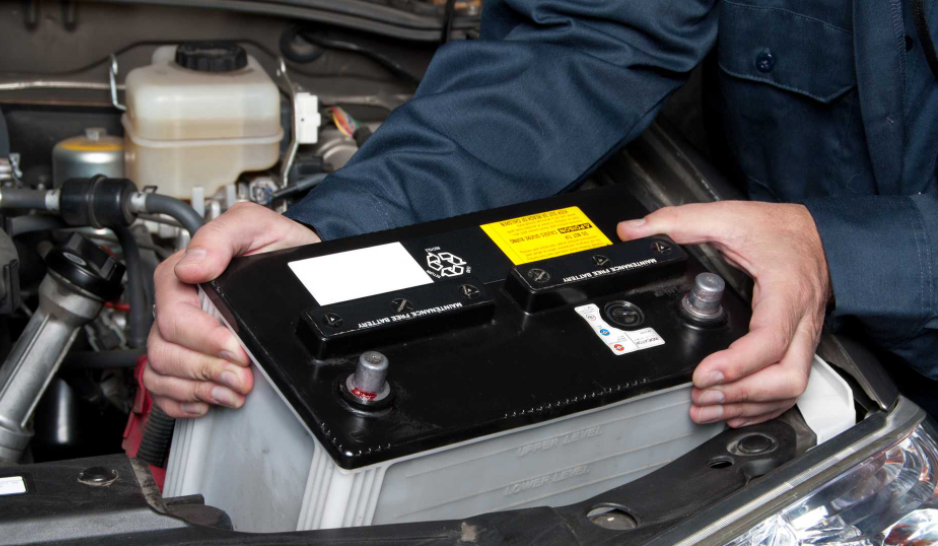Still, have questions about automotive batteries? Want to better understand how you can make the best decision when choosing a battery for your car? The owner of a car does not always have the exact idea of the function of car batteries. The equipment is a rechargeable energy accumulator that usually only receives the driver’s attention when there is a problem.
However, do you know what automotive batteries are for? In this post, let’s talk a little about the subject. Do you want to learn everything with us? So, follow the reading!
How does the automotive battery work?

The automotive battery has a positive electrode that is made of lead dioxide and a negative electrode that is made of porous lead. When an electrical charge is connected through the battery, current flows through the electrolyte in the battery via the external charge. This causes the battery to discharge, which results in the chemical composition of both electrodes changing to lead sulfate.
A battery can be charged by putting current through the battery from an external source of electricity, such as an alternator, dynamo, or charging unit. This converts lead sulfate back to lead dioxide and porous lead. As the battery becomes charged, electricity begins to break down (hydrolyze) the water in the electrolyte into its contributing elements of hydrogen and oxygen, which are released as a gas. That’s why a battery “uses up” water when it’s charged.
What are automotive batteries for?
Automotive batteries have the function of storing energy in chemical form, which will be transformed into electrical energy when the vehicle needs it. Batteries are used to start the vehicle, provide power for external and internal lighting, and keep the electrical electronic systems active when the vehicle is turned off.
They also make the glass defrosters, trunk, air conditioning, multimedia system with GPS, parking sensors, seat heating, and sunroof work, in addition to heating the seats and making the electrical adjustment of the rear-view mirrors. Automotive batteries also help in the support system for driving the car, such as:
- Abs brake;
- Electronic stability program system;
- Steering with electrical assistance;
- brake lights;
- Electronic system for injection control.
The automotive battery, increase safety and durability demanded the car more electronics embedded, which ensures excellent performance and performance of the vehicles. The lead-acid battery has several applications in the car, such as ignition (its main function). She is also responsible for the traction of some electric motors and keeps some equipment running in the event of a power outage.
How are automotive batteries formed?
In the case of 12V automotive batteries, they are made up of 6 elements made up of positive and negative plates, separators, and electrolytes. However, it is important to emphasize that all batteries are apparently the same, but the technology used in their manufacture, as well as the process and quality system are decisive in the performance and useful life of the product.
What You Should Know About Automotive Battery?
In addition to paying attention to the usage time of automotive batteries, you should check the equipment’s water level every week. Do this with the car cold. However, this work is unnecessary for sealed batteries, which do not need water, such as Moura batteries. For those who need it, the tip is to complete the level and use only distilled water. Never add any other type of liquid. It is also important to complete so that the lead plates are fully covered but not overflowing.
Also know that automotive batteries are designed to be always charged and provide a large amount of current in the short amount of time needed to start the car’s engine.
What is the automotive battery made of?

Now let’s get to know some of the main components of automotive batteries:
Grids
The Pb grids used in positive and negative electrodes are manufactured with exclusive alloys, as they are malleable materials. They need to have good mechanical support, which is provided by a lead alloy that receives various chemical elements, which will help in the quality and durability of the grid.
Electrodes
The electrodes are initially made from a mixture of lead sulfate, lead oxide, and additives, and are converted to lead dioxide on the positive plate and porous lead on the negative plate when the battery is initially charged.
Separator
The separator is an insulator placed between the positive and negative plates that prevent them from touching each other and generating a short circuit. It also needs to be microporous with very small holes to allow ions to flow through the separator from one plate to another. It also needs to be able to withstand high temperatures.
Electrolyte
The electrolyte is dilute sulfuric acid. This acts as a conductor to carry electrical ions between the positive and negative plates when the battery is being charged or discharged.

Container and lid
These are typically made from polypropylene, which is a stronger lightweight plastic. Unlike some plastics, it does not become brittle when cold and therefore can withstand shock during handling. It can also support fluids (gasoline, diesel, brake fluid, and antifreeze) normally found in a vehicle.
Now that you have learned what automotive batteries are for, you also know the importance of making sure they are always fresh and fully functional.
Another article on this blog that may interest you:
Battery, How to select for your house, and what to consider?

